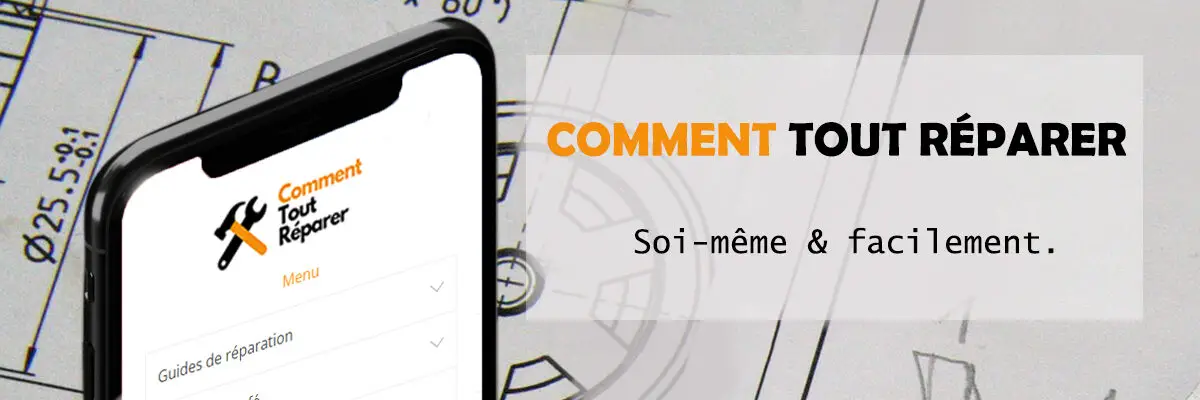Last update September 3rd, 2022
It is very common to encounter limescale problems at home. The symptoms are many: tight skin, white spots on glasses and dishes, household appliances that scale up or even break down, blocked pipes and even leaks. The solution? Install a water softener. Here is an overview of the savings this accessory can make.
What is a water softener?
Water softeners operate on two types of technology:
- a resin system captures calcium and magnesium ions: excess minerals disappear from the water;
- a CO2 system: it dissolves calcium and magnesium ions.
Whichever technology you choose, your water comes out free of scale.
Water softener: savings at every level
If your water has excess limescale, it settles in the pipe network. As a result, it damages the central heating system. As it settles on the walls of the pipes, the water flow is reduced and heating is much less efficient. As a result, the energy bill ends up being very high!
Limescale deposits on sinks, washbasins and showers leave white marks. In the long run, this excess limescale damages your sanitary facilities. Worse: they can cause leaks. A water softener improves the durability of your sanitary installations by keeping them in good working order for longer.
So, are you ready to save money and do something good for the environment by installing a water softener?
Get the best deals on water softeners at Amazon
Water softener: an ecological solution, a gesture for the planet
A water softener prevents limescale deposits in your appliances. As a result, you have fewer breakdowns, change them much less often and generate less waste.
Did you know that softer water (less limescale) requires less detergents and therefore allows you to reduce chemical pollution?
A water softener also plays on the proliferation of bacteria favored by a corroded and scaled environment.

